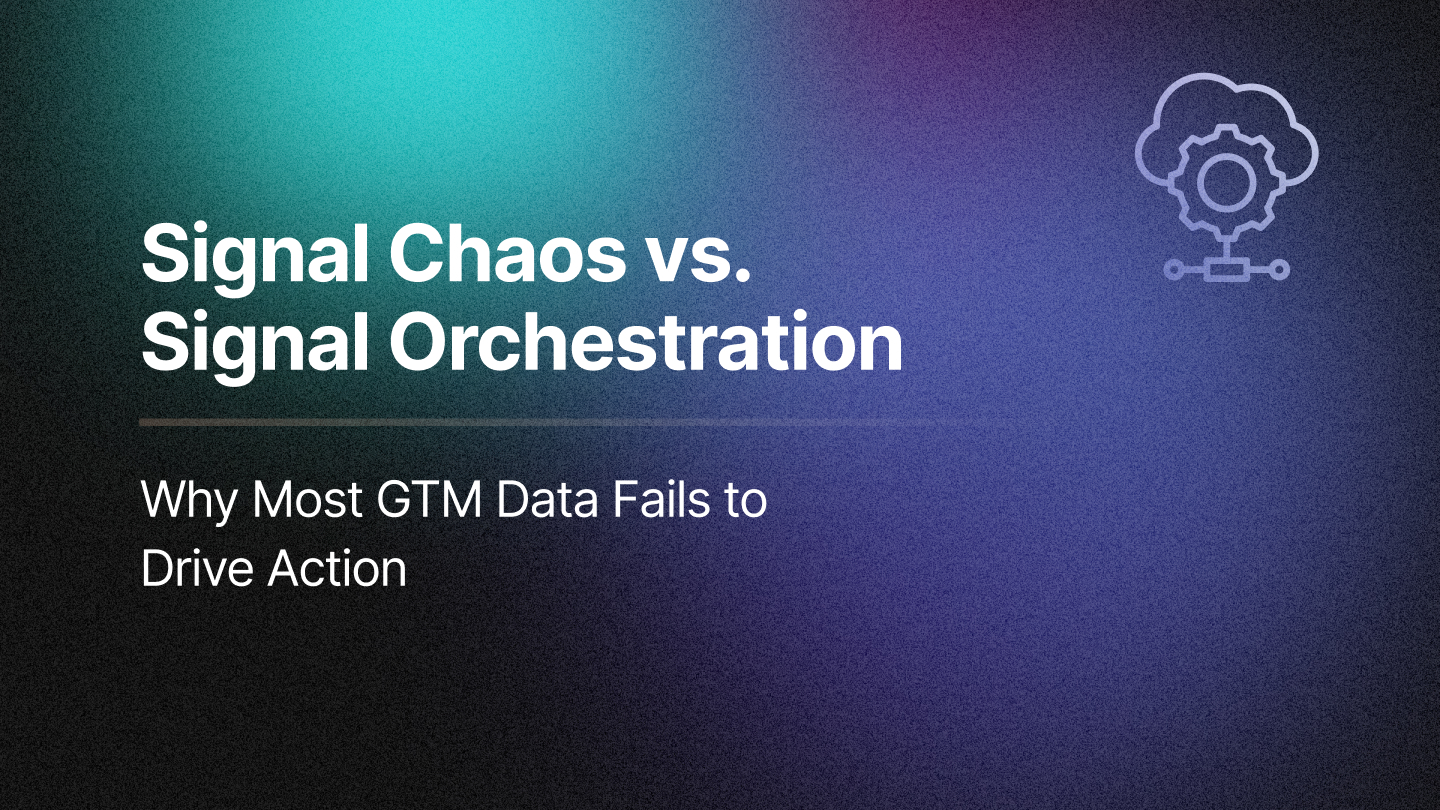For all the talk about AI in go-to-market, most GTM teams still struggle with the same challenge: data accessibility. The tools have evolved, but the experience hasn’t. Every question, whether about campaign ROI, lead velocity, or pipeline coverage, requires a long detour through dashboards, filters, and spreadsheets.
The irony is stark. We’ve built predictive models that forecast revenue with remarkable accuracy, but the process of deriving those insights still relies on manual effort and interpretation. Marketers and RevOps leaders don’t need more dashboards; they need faster, frictionless ways to think with their data. That shift, from dashboards to dialogue, is where the idea of vibe coding begins.
The New Language of GTM: Vibe Coding
Vibe coding is the evolution of how teams interact with intelligence systems. It eliminates the need for query syntax or rigid interfaces, allowing users to express intent in natural language and receive accurate, visual, and contextual analytical outputs.
It’s the opposite of traditional BI. Instead of “building reports,” GTM teams can now talk to their data. They ask questions like:
- “Which channels generated the most pipeline last quarter?”
- “Where am I overspending relative to ROI benchmarks?”
- “What’s the predicted conversion potential by region next month?”
Behind the scenes, AI interprets these questions, finds the right metrics, and presents them as pre-filtered visualizations. The interaction feels intuitive, not transactional. The interface fades away; the conversation takes over.
That’s the essence of vibe coding: intent over instruction, conversation over configuration.
From Dashboards to Dialogue
Traditional dashboards are static; they reflect what’s already happened. Vibe coding systems are dynamic; they evolve with every interaction, helping teams explore “why” something happened and “what should happen next.”
The most profound change isn’t technical. It’s cognitive. When data analysis becomes conversational, the distance between insight and action collapses. Teams no longer ask for a report and wait; they ask a question and act on the answer instantly.
And when that conversation sits on top of a unified, full-funnel data graph as it does with RevSure’s Reli Canvas, the result is a continuously learning GTM intelligence loop.
Reli Canvas: Turning GTM Intelligence into a Conversation
Within RevSure’s full-funnel AI platform, Reli Canvas brings vibe coding to life. It’s the conversational analytics layer that transforms complex data exploration into natural, fluid interaction.
Built on top of RevSure’s unified data model, Reli Canvas connects marketing, sales, RevOps, and partner activities across the buyer journey, from anonymous visitors to closed-won deals and expansions. The magic lies in how it translates user intent into structured, visual insights.
A marketing leader might type:
“Show me LinkedIn campaign performance in North America for Q3.”
Within seconds, Reli Canvas identifies the relevant metrics, applies contextual filters, and generates a live visualization. If the next question is “Change attribution model to linear,” it adjusts automatically, preserving context and continuity.
No exports. No SQL. No dashboard rebuilds. Just a living conversation with your revenue data.
See It in Action: The Creator’s Cut on Vibe Coding for GTM
Vibe coding isn’t theoretical; it’s here, and it’s transforming how revenue teams think, decide, and execute. To see this shift in motion, watch the Creator’s Cut LinkedIn Live session on Vibe Coding for B2B GTM, featuring a deep dive into how Reli Canvas makes conversational analytics a reality.
A Platform That Thinks in Context
Reli Canvas isn’t another layer of automation; it’s a rethinking of how GTM teams experience intelligence. Its architecture blends parallel LLM orchestration with a graph-based foundation, which maps how entities relate: campaigns, accounts, regions, products, and timeframes. This relationship awareness allows the system to respond with relevance, not randomness.
Instead of simply retrieving data, it understands why a particular metric matters in a given context and surfaces the right insight, visualization, or recommendation accordingly.
Why It Matters: Cognitive Leverage for GTM Teams
For GTM organizations under constant performance pressure, time is the hidden cost of intelligence. Every manual report, every dashboard rebuild, every cross-team request represents lost momentum. Vibe coding changes that by democratizing access to insight.
Now, anyone, from a CMO preparing for a board review to an SDR manager reviewing conversion trends, can explore data directly, conversationally, and confidently. The shift creates compounding benefits:
- Accessibility: Every GTM role can ask analytical questions without depending on BI or data teams.
- Speed: Manual data prep drops by up to 80–90%, freeing time for decision-making.
- Personalization: With memory-based learning, the system tailors responses and follow-ups to how each user works.
In essence, vibe coding turns analytics into shared intuition, a rhythm between humans and AI where both learn from each other.
The Next Phase: From Insight to Autonomy
Vibe coding is not an endpoint; it’s a bridge. Once GTM teams start interacting conversationally with their data, the natural next step is letting AI act on those insights autonomously- adjusting spend, reallocating pipeline focus, or triggering campaign experiments in real time.
Reli Canvas is the conversational front door to that agentic future. By embedding context and reasoning into every interaction, it lays the groundwork for autonomous GTM agents that can execute, not just analyze, on behalf of humans. In other words, vibe coding isn’t replacing human judgment. It’s amplifying it. Contact us for a demo of Reli Canvas.
Related Blogs







